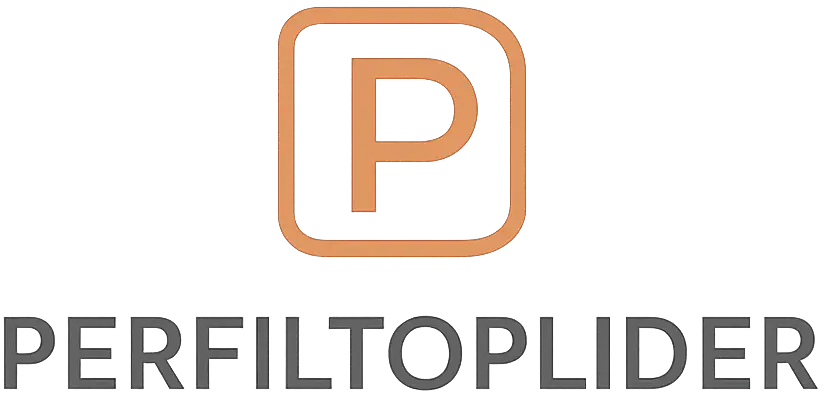The Next Big Thing: How Blockchain is Enabling the Internet of Things (IoT)
The Internet of Things (IoT) has been touted as the next big thing in technology, with billions of devices expected to be connected to the internet by 2025. However, as the number of devices grows, so does the complexity of managing and securing them. This is where blockchain technology comes in, enabling the IoT to reach its full potential by providing a secure, decentralized, and transparent way to manage and interact with connected devices.
The Challenges of IoT
The IoT is a network of physical devices, vehicles, home appliances, and other items that are embedded with sensors, software, and connectivity, allowing them to collect and exchange data. While the IoT has the potential to revolutionize the way we live and work, it also presents several challenges. These include:
- Security: With so many devices connected to the internet, the risk of hacking and data breaches increases exponentially. Traditional security measures are often inadequate to protect against these threats.
- Scalability: As the number of devices grows, traditional centralized systems can become overwhelmed, leading to slow processing times and increased latency.
- Interoperability: Different devices and systems often use different communication protocols, making it difficult for them to communicate with each other seamlessly.
How Blockchain is Enabling IoT
Blockchain technology, which is the backbone of cryptocurrencies like Bitcoin, has several features that make it an ideal solution for enabling the IoT. These include:
- Decentralization: Blockchain is a decentralized system, meaning that there is no single point of failure or control. This makes it more secure and resilient than traditional centralized systems.
- Immutable Ledger: Blockchain uses an immutable ledger to record all transactions, making it impossible to alter or delete data once it has been recorded.
- Smart Contracts: Blockchain enables the creation of smart contracts, which are self-executing contracts with the terms of the agreement written directly into lines of code.
- Consensus Mechanisms: Blockchain uses consensus mechanisms, such as proof of work or proof of stake, to validate transactions and ensure that all nodes on the network agree on the state of the network.
Applications of Blockchain in IoT
The combination of blockchain and IoT has numerous applications across various industries, including:
- Supply Chain Management: Blockchain can be used to track the movement of goods and products, enabling real-time monitoring and verification of authenticity.
- Smart Homes: Blockchain can be used to secure and manage smart home devices, enabling homeowners to control and monitor their devices remotely.
- Industrial Automation: Blockchain can be used to optimize industrial processes, enabling real-time monitoring and control of machines and devices.
- Healthcare: Blockchain can be used to secure and manage medical records, enabling patients to control their own data and share it with healthcare providers.
Use Cases
Several companies and organizations are already leveraging blockchain to enable IoT applications. For example:
- Walmart: Walmart is using blockchain to track the origin and movement of its food products, enabling real-time monitoring and verification of authenticity.
- Microsoft: Microsoft is using blockchain to secure and manage IoT devices, enabling enterprises to control and monitor their devices remotely.
- IBM: IBM is using blockchain to enable IoT applications in industries such as manufacturing, logistics, and healthcare.
Conclusion
The combination of blockchain and IoT has the potential to revolutionize the way we live and work. By providing a secure, decentralized, and transparent way to manage and interact with connected devices, blockchain is enabling the IoT to reach its full potential. As the number of devices grows, the importance of blockchain in enabling IoT applications will only continue to increase. Whether it’s securing smart homes, optimizing industrial processes, or tracking the movement of goods, blockchain is poised to play a major role in shaping the future of the IoT.
Future Outlook
The future of blockchain in IoT is bright, with several trends and developments expected to shape the industry in the coming years. These include:
- Increased Adoption: As the benefits of blockchain become more widely recognized, we can expect to see increased adoption across various industries.
- Improved Scalability: Advances in scalability will enable blockchain to support a growing number of devices and transactions.
- New Applications: New applications and use cases will emerge, taking advantage of the unique features of blockchain and IoT.
- Regulatory Frameworks: Governments and regulatory bodies will establish frameworks to govern the use of blockchain in IoT, ensuring security, privacy, and accountability.
Overall, the combination of blockchain and IoT is a powerful one, with the potential to transform industries and revolutionize the way we live and work. As the technology continues to evolve, we can expect to see new and exciting applications emerge, shaping the future of the IoT and beyond.
